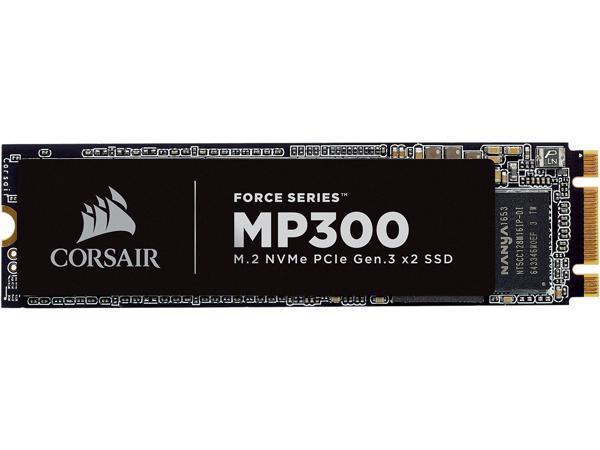New
#1
Help needed to understand NVME/SATA ssd types.
Right my system is an Acer pre-built, it comes with a 1Tb SATA HDD and a 16Gb Intel Optane cache. The system works perfectly, I have no issues really but I was considering swapping the Optane module out for a normal NVME SSD.
To me it makes sense because instead of relying on the Optane system to cache most used programs a 500Gb NVME system drive (or maybe a 1Tb if I can stretch to it) would accelerate everything, all the time, allowing me to use the HDD just for personal files, backups etc.
A small caveat is that Optane seems to interfere with Macriums disk imaging (so another reason to change).
However I have just spent a good 2 hours scouring Amazon for suitable NVME drives and I'm completely confused.
At first I looked on Intel's site to determine the connection for the Optane, it is apparently an m.2 2280 NVME PCIE 3 device, in the image it has 3 edge connectors (1 is a "B" key, 1 is a "M" key, and the middle 16pin?, I assume the data connectors).
So I tried to find the same in a NVME drive, all I could find at first were for example EVO drives stating NVME PCIE 3, but with only 2 edge connectors, then I found NVME PCIE 3 drives with 3 edge connectors, then SATA 3 SSD's with 3 edge connectors.
So my issue is, if my motherboard socket is an m.2 (mechanical key "B") as reported by HWInfo does it matter how many connectors are on the replacement drive, are 3 connectors for wider compatibility? Or do I need a drive with 3 connectors to make it work?
And why are some of these drives listed as SATA 3 and others as NVME and others as PCIE3?
Anyone who can shed some light (preferably in non techno-bable) please?


 Quote
Quote




